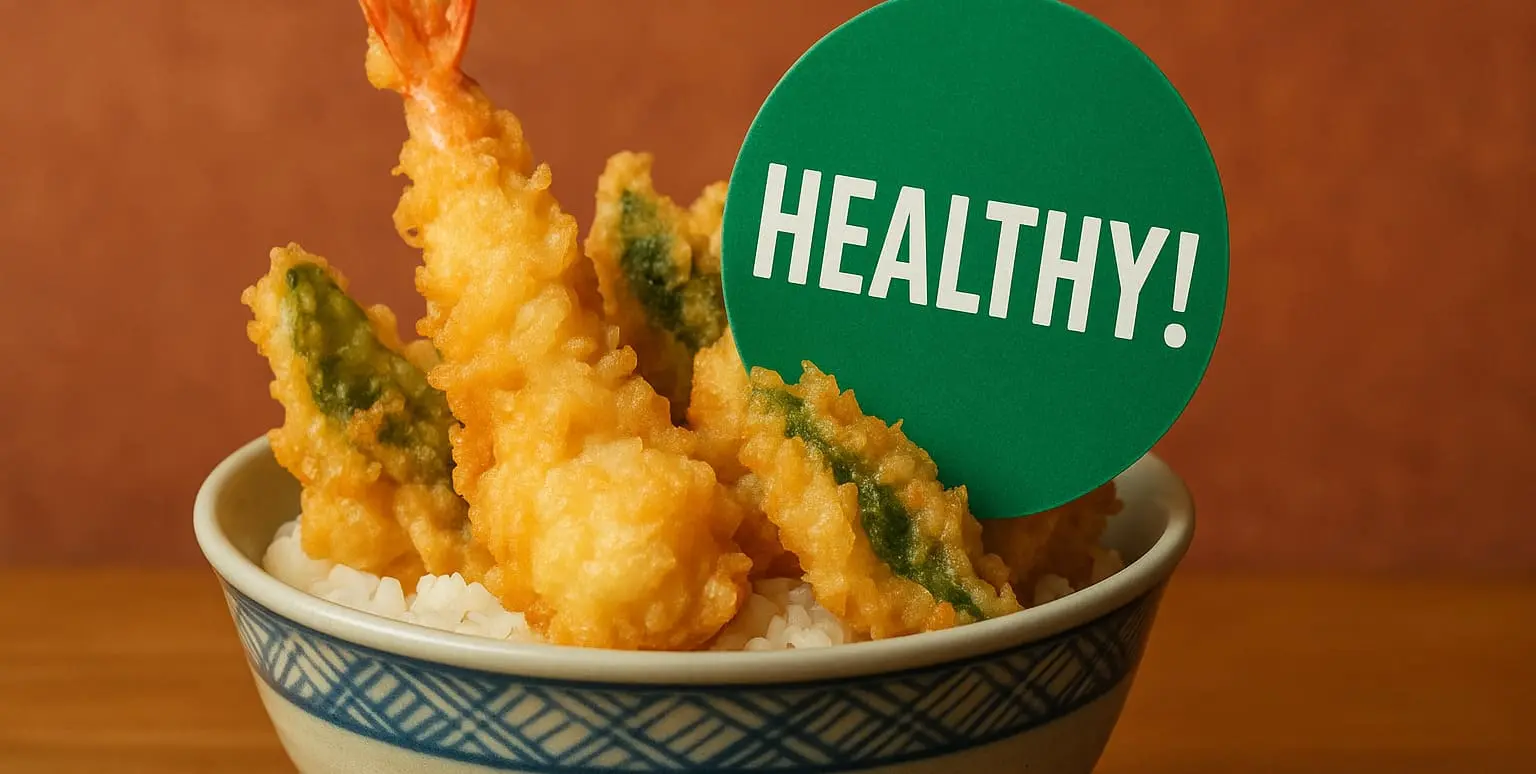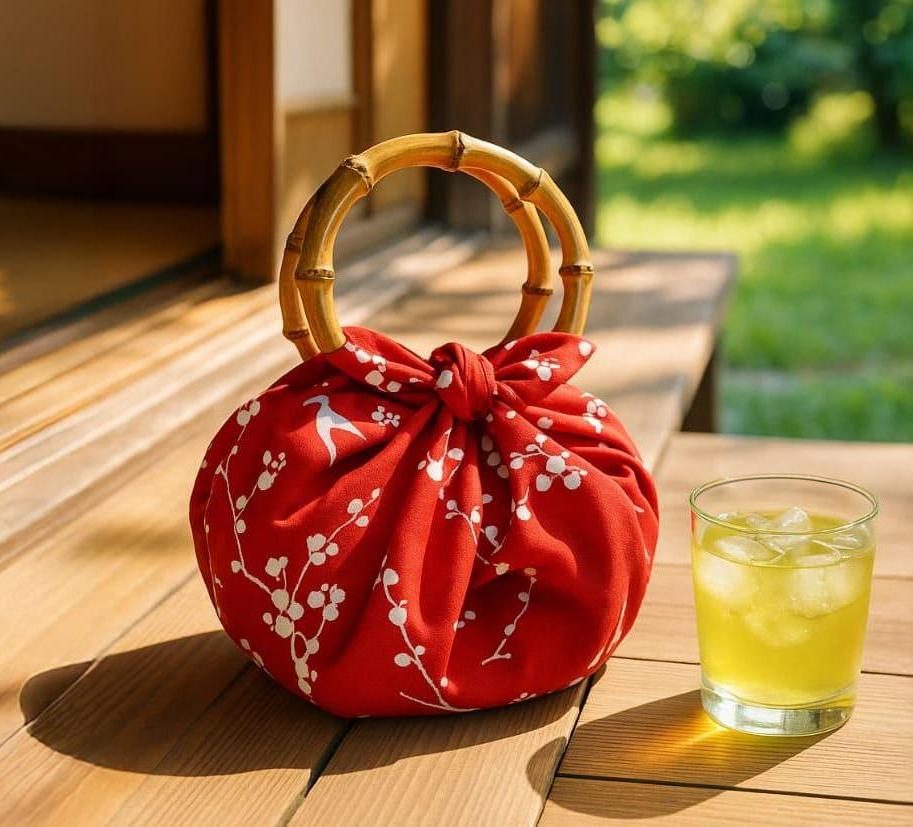I often get the same set of questions from travelers curious about Japanese food.
Q: Is Japanese food delicious?
A: Absolutely. I say that with full confidence—as a Japanese person.
Q: Is it healthy?
A: …
(Cue awkward silence. The traveler starts to look concerned.)
The phrase “Japanese food is healthy” floats around a lot.
There’s a bit of truth to it—and more than a bit of myth.
You enjoy Japanese food throughout your trip,
feeling good about every bite because, hey, it’s “healthy,” right?
Then your scale quietly delivers the only honest feedback you’ll get.
Let’s take a peek behind the curtain of the Japanese food health myth.
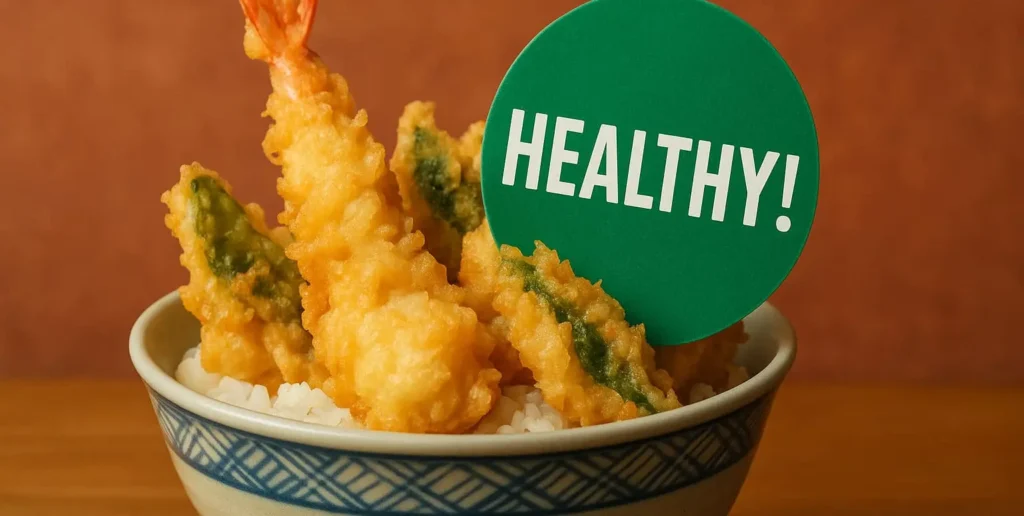
1. The Truth Behind the “Healthy” Image
“Japanese people eat healthy.”
“Japan is the land of longevity.”
These are common beliefs—and I don’t entirely disagree.
After all, Japan consistently ranks among the top countries for life expectancy,
and rates of heart disease and obesity are relatively low compared to other nations.
But to chalk it all up to one simple reason—
“Because Japanese food is healthy”—
is an oversimplification, to say the least.
The old equation “Japanese food = healthy” no longer holds
Yes, there are still plenty of healthy options in Japan:
vegetable-rich set meals, fish-based home cooking, and the traditional “ichiju-sansai” (one soup, three sides) style.
But these days, you have to go out of your way to find them.
They’ve become a choice, not a default.
And the Japanese foods that are famous abroad—
sushi, tempura, sukiyaki—
are far from “healthy.”
They belong to a different category altogether: celebratory, indulgent meals
loaded with sugar, fat, and salt.
The “healthy Japanese people” image has a catch
There’s a hidden twist in the narrative of “healthy Japanese people.”
It’s not that the entire population is eating clean and living long—
it’s that today’s elderly population grew up eating more traditional, nutrient-rich meals.
Over the past few decades, Japanese diets have changed dramatically.
Westernization, the rise of convenience stores and fast food,
and a sharp decline in home cooking
have led to increased intake of sugar and fat—and less fiber and traditional ingredients.
So, to generalize—at the risk of oversimplifying—
younger generations in Japan are moving steadily away from healthy, traditional Japanese food.
You could say that we’re now living on the nutritional savings account left behind by earlier generations.
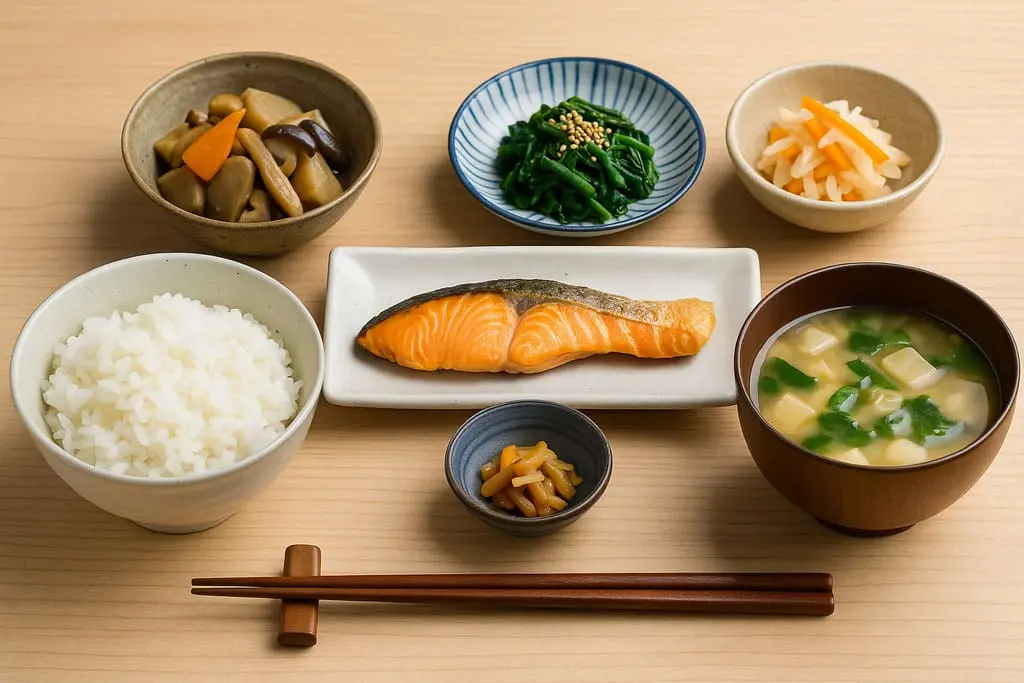
2. What People Call ‘Japanese Food’ Isn’t the Healthy Kind
When people around the world think of Japanese food,
they picture dishes like tempura, sukiyaki, and ramen—
all iconic and undeniably Japanese.
But most of them are far from healthy.
In fact, they’re more like high-end junk food, dripping with oil and drowning in sugar.
Don’t Be Fooled by Appearances
Some dishes—like sushi or soba—look healthy.
They wear a clean, minimalist face that fools many tourists—
and sometimes even the Japanese themselves.
But these foods aren’t automatically healthy either.
(We’ll get into the specifics in the next chapter.)
“Traditional Washoku” Has Become a Rare Encounter
So where can you actually find Japanese food that is healthy?
Dishes like shōjin ryōri (Buddhist vegetarian meals) or classic ichijū-sansai (one soup, three sides) are certainly ideal.
But in modern Japan, they’ve become rare creatures you only meet in special places.
What about a traditional ryokan dinner?
Close, but not quite.
The contents may be healthy—but the sheer volume isn’t.
Generous hospitality in Japan tends to come with generous calories, too.
3. Dissecting “Japanese Food” — The Truth in the Ingredients
Let’s take a closer look at some of Japan’s most globally beloved dishes—
the ones often mistaken for “healthy.”
What are they really made of? What lurks beneath the surface?
Tempura / Tendon (Tempura over Rice)
At least 800 kcal per meal, sometimes pushing past 1,200.
A deep-fried juggernaut armed with oil (from frying), sugar (in the rice and sauce), and carbs (in the batter).
And if you think choosing gyūdon (beef bowl), katsudon (pork cutlet bowl), or oyakodon (chicken-and-egg bowl) is a better choice—
sorry. They’re basically the same thing in disguise.
But they’re delicious.
Sukiyaki
A full-on assault of beef fat and sweet soy-based sauce.
Dipping it in raw egg doesn’t quite cancel the damage—it just makes it silkier.
But it’s delicious.
Ramen
Oil from the soup, fat from the pork, carbs from the noodles,
and a sodium punch that leaves your throat dry long after the meal.
So notorious, it’s been publicly linked to health risks.
But it’s delicious.
Sushi
It parades as a health food, thanks to the raw fish.
But inside, it hides a payload of sugar and salt in the vinegar-seasoned rice—
a Trojan horse with a halo.
And since each piece is small, it’s easy to keep going…
until you’ve swallowed way more than you meant to.
But it’s delicious.
Soba (Buckwheat Noodles)
The noodles themselves? Fairly healthy.
But in the wild, soba rarely travels alone.
It often shows up with tempura on the side,
and the broth, though subtle in flavor, hides a serious sodium load.
But it’s delicious.
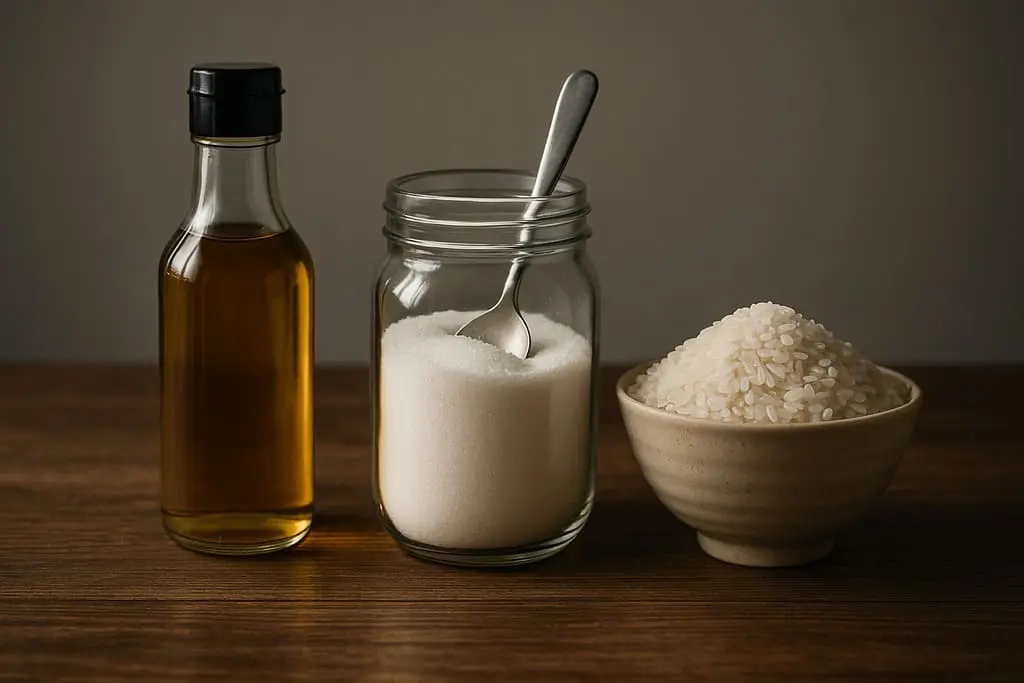
4. Japan Isn’t Exactly Vegan-Friendly
“I mean, sure, you’ve been bashing oil and sugar,
but Japan has tofu, seaweed, and tons of vegetables.
It must be perfect for vegan travel, right?”
I thought I heard that voice—
so let’s talk about it.
Spoiler: It’s the opposite.
Surviving as a vegan in Japan isn’t easy.
Hidden Animal Products Are Everywhere
The biggest trap is dashi—the broth used in countless Japanese dishes.
It’s often made from bonito flakes (fish) or dried sardines,
and rarely listed on the menu.
Even packaged foods sometimes contain animal extracts
without clearly labeling them.
Salads Are Not a Safe Zone
Ordering a salad? Nice try.
You might get a cutlet or fried chicken on top,
or a generous drizzle of mayonnaise-based dressing (which contains eggs and oil).
For vegans, salads in Japan can be a minefield.
The Real Problem? Nobody Knows What “Vegan” Means
The biggest challenge may not be the food itself,
but how few people in Japan actually understand what veganism is.
That lack of awareness shows up in missing labels,
and in how hard it can be to communicate your needs clearly at restaurants.
Still, if you’re patient, kind, and persistent,
you’ll find a way.
Most Japanese people aren’t being dismissive—
they just genuinely don’t know.
But once they do, they’ll usually try their best to help.
5. Final Thoughts — Healthy or Not, It’s All About the Choices
We’ve now peeled back the layers of the “Japanese food is healthy” myth.
And by this point, a fair question might be forming in your mind:
Is everything here just a calorie monster in disguise?
Is there anywhere I can find truly healthy Japanese food?
The honest answer?
It’s out there. But you’ll have to look for it.
Here’s where to start your search:
- Tiny local diners serving “obanzai”-style meals
→ These feature simmered vegetables, small side dishes, and flexible, balanced sets. - Cafés run by farms or companies (like staff cafeterias)
→ Often health-conscious, with milder seasonings and lighter broths. - Shojin ryori and fermented-food cafés
→ Rare, but slowly growing—especially in urban or tourist-friendly areas with vegan options.
Truly healthy Japanese food isn’t just floating in the air.
You have to search, choose, and sometimes question.
But if you do, it’s there.
And one last thing—this can’t go unsaid:
Tempura dripping in oil, and sushi armored with sugar and salt—
are absolutely, undeniably delicious.Skipping them entirely in the name of “health”
would be sacrificing the joy of travel
for the tyranny of clean eating.

